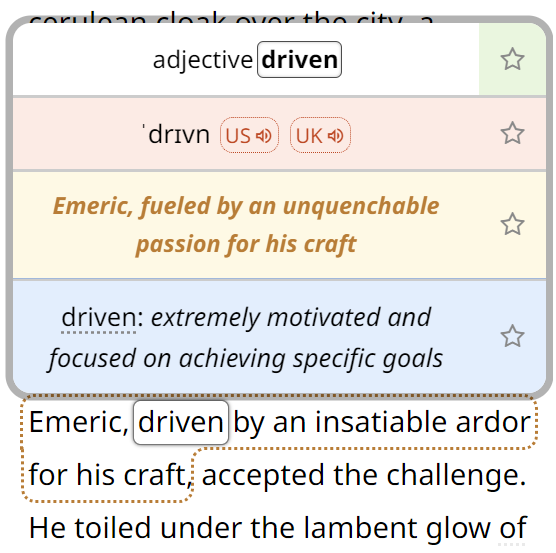Imagine the following scenario: you are sitting next to a relative at a family gathering. There are two bottles that you cannot reach, and you would like to take one of them. You ask your neighbour: “Could you please pass me the bottle?” He can’t see which of the two bottles you are pointing at, so he points at one of them and asks: “This one?” As it happens, it wasn’t the correct one. How should you break this through to your neighbour?
In some languages, you’d literally say “No, the second one.” In English, however, when there are only two options, we refer to the “second” option using the word “other”, i.e. the correct way of saying that is:
[pointing ambiguously at two bottles]
B: This one?
A: No, the other one. (correct)
A: No, the second one. (unnatural)
Of course, this principle applies to every situation when you are referring to “the other” of two objects or people, for example:
 Tip: Are you a non-native English speaker? I have just finished creating a
Tip: Are you a non-native English speaker? I have just finished creating a  Web App
Web App
